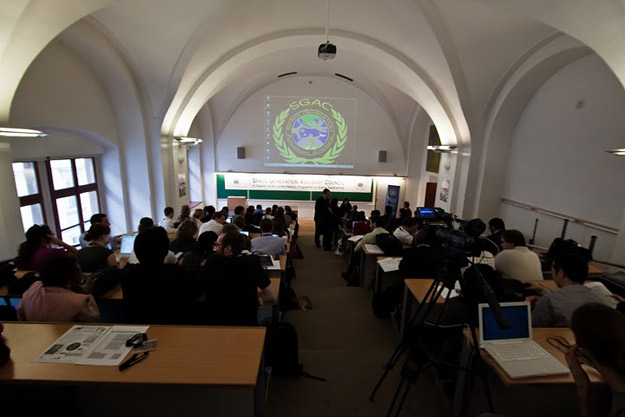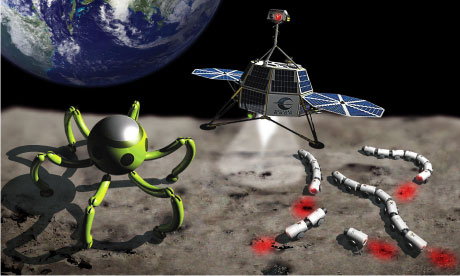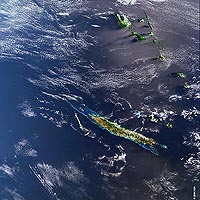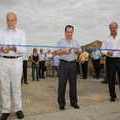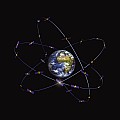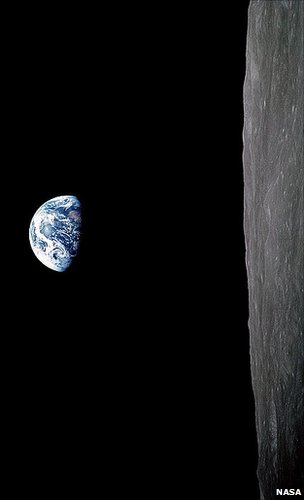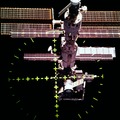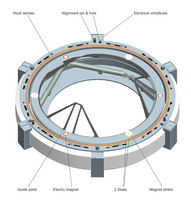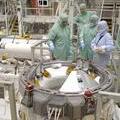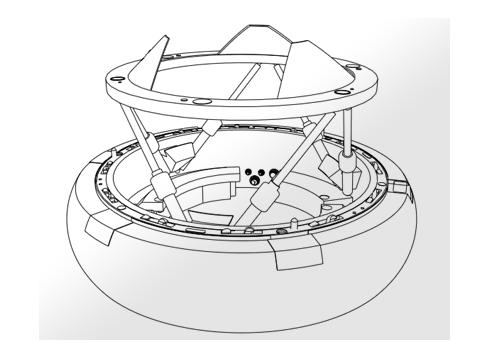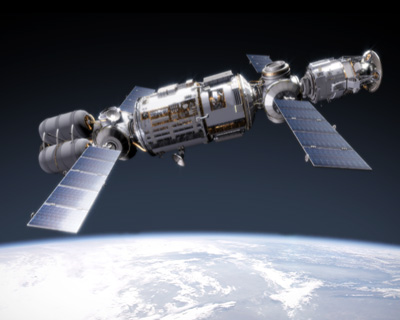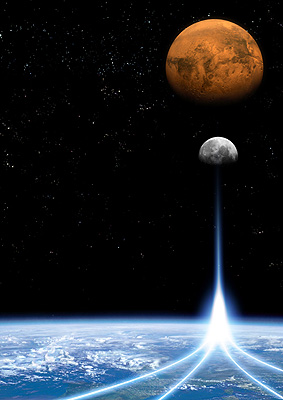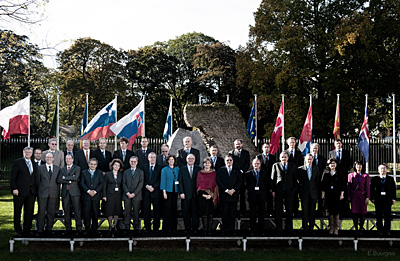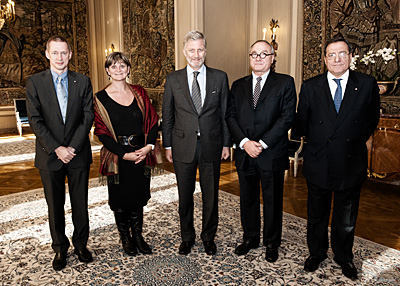Source: Global Times
21:36 October 13 2010]
Ouyang Ziyuan
Editor's Note:
In the 21st century, the eyes of the world are turning to space again. New programs to explore space's resources are being launched in many countries, including China. Is there a new space race? Why are so many countries keen on lunar exploration? What benefits can the quest for space bring? Global Times reporter Yu Jincui (GT) talked to Ouyang Ziyuan (Ouyang), a senior consultant at China's lunar exploration program, on these issues.
GT: Why did China initiate its lunar exploration program? What influence will the program have on China's devel-opment?
Ouyang: Strictly speaking, China is a developing country. Some people argue that rather than explore the moon, we should concentrate on dealing with problems on Earth. It is understandable.
However, from a broader development perspective, we should not only be engaged in lunar exploration, but also step up our pace.
The lunar exploration program covers many high-tech fields. It is very scientifically demanding, which stimulates the technological upgrades and innovations.
Lunar exploration is a threshold for exploring deep space and remote space, and it could provide the basic experience for eventually exploring other planets. There are unimaginable abundant natural resources on the moon, such as rare earths, or uranium and titanium ores. The titanium ore reserve on the moon is the same size as the whole of China.
Although we are not able to exploit these resources due to the extremely high cost and technological limitations, as scientists, we have the responsibility to prove the existence of these resources and inform the people.
The moon has a very huge energy reserve. Japanese scientists recently came up with a design idea that if humanity could build a moon belt for solar power generation and transmitting energy back to the earth, human energy needs could be permanently satisfied.
Since the 1990s, a total of nine lunar probes have been launched into space, two from China (including the newly launched Chang'e-2 satellite), three from the US, one from Europe, two from Japan, and one from India.
The world is witnessing the climax of the second round of lunar exploration. All the countries involved are expecting to discover more comprehensive and concrete knowledge about the moon.
If China doesn't explore the moon, we will have no say in international lunar exploration and can't safeguard our proper rights and interests.
The contribution of the Apollo project of the US is amazing. According to one calculation, the input-output ratio is 1:14. It drove the development of high-tech worldwide and made the US a leader in the high-tech field for almost 20 years.
China's lunar exploration program is nowhere near as big as Apollo project in size, but it could also make great contributions in promoting technological improvements, scientific progress and talents cultivation.
China should not stay in the cradle of the Earth forever. The Chinese people should make contributions to the human development in the field of space exploration.
GT: Is there a new space race?
Ouyang: I am strongly against seeing lunar exploration as a race. The second round of lunar exploration is quite different from the first one conducted by the US and the former Soviet Union, which was a struggle for hegemony in space.
Every competent country will certainly take part in space exploration out of self-development and for technological and scientific progress. These countries are working together to contribute to the sum of human knowledge and development.
Those who highlight China's alleged ambitions for control may have different agendas and motivations.
GT: How is China's space program by international standards?
Ouyang: Different countries have different advantages and disadvantages.
Japan has better equipment and India has the advantage over China in computer software.
In the final round of a marathon, several groups form. We could use this analogy to describe the current situation in the field of lunar exploration. The US and Russia belong to the leading group with the strongest strength.
Although China is the only other country to have performed a space walk, we still lag far behind these two countries. The second group refers to those that have launched lunar probes, such as India, Europe, and Japan. That's where China is.
Of course, there is a third group covering all the countries that are preparing to get involved in the field. Out of the needs for their own national development, more countries are expected to join the team in the future.
GT: The US has suspended its Constellation program at the beginning of 2010, and India is determined to realize manned lunar exploration in 2020. Will these affect China's plan?
Ouyang: I have been paying attention on the space policy of the US. I think the Obama administration generally agree with George W. Bush's space plan, since it is necessary to maintain the US space leadership, control the future energy sources and safeguard the US military strategy.
However, the US suffered great trauma from the financial crisis. Due to the slow economic recovery, the US couldn't afford a huge lunar exploration plan with a total investment of $108 billion. But it is noticeable that although the US suspended the Constellation program, it didn't give up rocket or spaceship research.
I have communicated with other countries' chief scientists for lunar exploration and they all expressed that their country would stick to their original plans. So will China. Although US lunar exploration has slowed down, it will not affect the global lunar exploration process.
India has always taken China as a competitor in this regard. It is determined to realize manned lunar exploration by 2020. We need to understand India. As a large country, it needs lunar exploration to spur technological development and invigorate the national spirit.
GT: Will China land on the moon?
Ouyang: The precondition for manned lunar exploration is that we must assure the safe return of the astronaut to the Earth. Any unnecessary risk is not allowed. Therefore, China is very cautious and moves forward step by step according to our own capability.
There is still not a definite timetable for China's manned lunar exploration. The former director of NASA once said that if China were willing, it would send its astronaut to the moon by 2020. Some domestic scientists have suggested 2025 as a proper time and some have suggested 2030.
We scientists have conducted relevant research on manned lunar exploration, and are trying to realize the national dream of landing on the moon as soon as possible.
GT: What's your attitude on international cooperation on lunar exploration?
Ouyang: China has been sticking to peaceful space exploration and objects to any form of space militarization. China welcomes international coopera-tion and has been constantly seeking international cooperation.
We always hope to learn from others' experiences and purchase advanced equipment from them.



